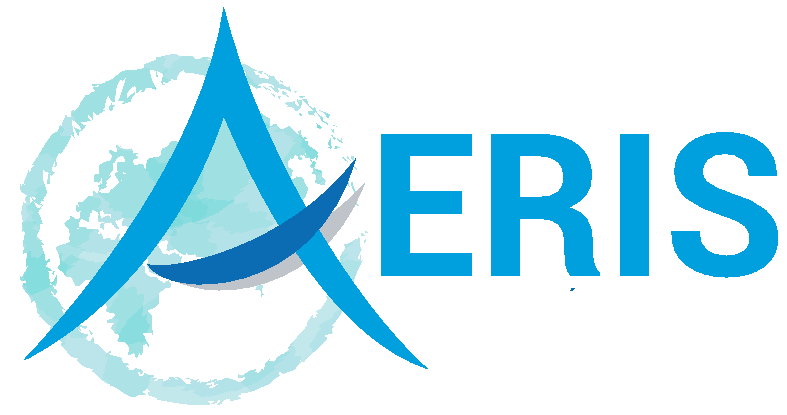
|
||
| Copyright 2017 CNES-CNRS | ||
|
NDACC : réseau de surveillance de la stratosphère
|
||
|
||||||||
 |
ActualitésNouveau projet
Le lancement du projet GEOMON a eu lieu les 12 et 13 février 2007 à Paris. Ce projet,
coordonné par le CEA et auquel participent le LSCE, le SA et le LMD, associe
38 laboratoires de l'Union européenne, ainsi que des équipes norvégiennes, suisses
et russes pour une surveillance coordonnée de la qualité de l'air et de l'évolution du
climat, principalement au-dessus de l'Europe. Ce projet va contribuer à améliorer
les prévisions d'évolution futures du climat et de la qualité de l'air et à évaluer les
effets des dispositions visant la réduction des émissions de gaz à effets de serre.
Information structure
La convention de l'observatoire de Physique de l'Atmosphère de La Réunion (OPAR)
a été renouvelée le 23 février 2007 pour 3 ans. Cette convention a été signée par les partenaires : la Région Réunion, l'Université de La Réunion, le CNRS, l'UVSQ, l'INSU et l'OSU IPSL.
Campagne MATCH-PSC The project “Ozone layer and UV RAdiation in a changing CLimate Evaluated during IPY” (ORACLE-O3) is one of the coordinated proposals selected by the International Polar Year (IPY) Committee. The main purpose is to extensively study the amplitude and the time extension of ozone recovery, together with the impact of increasing UV radiation subsequent to stratospheric ozone depletion. As part of this project, coordinated lidar PSC observations are run in the Antarctic stations and from space with CALIPSO. Groundbased aerosol lidar operate routinely during wintertime in Antarctica as part of the NDACC. Regular PSC lidar observations are performed during wintertime, within the IPY period at Dumont d'Urville (66.67°S, 140.01°E), Davis (68.00°S, 78.50°E) and McMurdo (77.86°S, 166.48°E). Space lidar observations are made by CALIPSO. The originality of this approach is to apply for the first time, the “MATCH” method, previously developed for ozonesondes measurements, to lidar observations of PSC. This adaptation leads to combine lidar (groundbased and spaceborne) with trajectory forecasts in order to infer information on formation processes of each PSC type and assess our ability to predict PSCs for various environmental conditions. Tests “MATCH-PSC” were performed with success during winter 2006 between two stations, Dumont d’Urville and Davis. The campaigns are taking place during winters 2007 and 2008. The consortium includes members from European Countries (Service d'Aéronomie, IPSL, France; IFA/CNR), one partner from Australian Antarctic Division, Australia and one US partner from NASA. Contact : Dumont d’Urville lidar: Christine David (chd@aero.jussieu.fr) Davis lidar: Andrew Klekociuk (Andrew.Klekociuk@aad.gov.au) McMurdo lidar: Marcel Snels (m.snels@isac.cnr.it) CALIPSO: Mike Pitts (michael.c.pitts@nasa.gov) CAWSES
The third CAWSES Global Tidal Campaigns took place in spring and summer 2007.
|